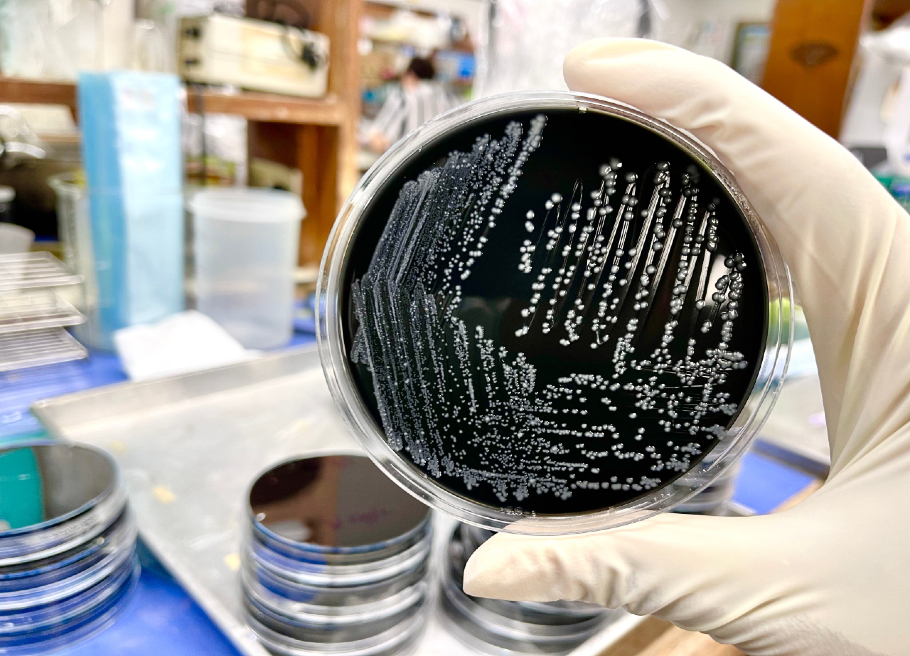An Ounce of Prevention: Comparing US and Canadian Food Safety Regulations
By Nidhi Chaturvedi
The goal of both the Safe Food for Canadians Regulations (SFCR) and the Food Safety Modernization Act (FSMA) is to improve food safety thereby protecting public health. On January 15, 2019, the SFCR went into effect in Canada. Such food safety and food fraud regulations were implemented in the United States in 2011, when President Obama signed the Food Safety Modernization Act (FSMA) into law on January 4, 2011. The Food and Drug Administration has since then expanded enforcement authorities under FSMA to oversee how food is imported and manufactured. They are comparable but not identical. Their scope and requirements differ.
These two regulations ensure that both Canada and the United States handle food safety hazards more efficiently and have confidence in one another’s food safety systems.
These two regulations ensure that both Canada and the United States handle food safety hazards more efficiently and have confidence in one another’s food safety systems. Because their needs are similar, it is also a source of confusion.
And, because their needs are similar, it is also a source of confusion. With terminology and wording that sound similar, it can be difficult for food manufacturers and distributors who trade across borders to keep up with, let alone comply with, ever-changing legislation. The good news is that businesses operating in either of these nations may have existing mechanisms, making compliance easier. Nonetheless, any gaps must still be rectified at the time of implementation.
A Preventive Control Plan, or PCP, is required by both SFCR and FSMA. The preventive control plan as defined by Canadian Food Inspection Agency (CFIA) is ‘’a written document that demonstrates how hazards to food are identified and prevented or reduced to an acceptable level’’. It is a regulatory requirement. The SFCR requires that certain food businesses prepare, keep, maintain, and implement a written preventive control plan (PCP) to demonstrate compliance with how hazards and risks to food are addressed. These plans are live documents, that necessitate continual reassessment, amending, and training.
Get Unlimited Access to Our Comprehensive Library of Food Safety eBooks – Join Today
SFCR does not require a Preventive Controls Qualified Individual (PCQI) at licenced facilities, although FSMA does. But, if a Canadian manufacturer wants to export to the United States, a PCQI is required to comply with FSMA regulations. The SFCR has fewer directives and gives companies a lot of leeway in developing PCPs that are tailored to their products and market requirements. Risks associated with the entire supply chain must be assessed to improve transparency and traceability.
Preventive controls are the key concept of the SFCR’s Preventive Control Plan and FSMA’s Food Safety Plan. The University of Massachusetts Amherst defines Preventive Controls as ’a food risk management system developed by the FDA Food Safety Modernization Act (FSMA) back in 2011’’. Preventive Controls are procedures taken to remove, eliminate, or decrease any food safety risk. The requirements for FSMA, formerly known as HACCP, were strengthened, and are now known as “HARPC”— Hazard Analysis and Risk-Based Preventive Controls. All facilities, unless exempt, are required to have a written food safety plan.
In this context, the word “prevention” is critical. Instead of “controlling” the incidence of a hazard in the future, you prevent it from occurring in the first place. It’s all about being ‘proactive.’ Environmental monitoring is also included, providing evidence of the overall process’s effectiveness, and ensuring consumer protection.
These preventive controls are based on the CODEX Food Hygiene Principles. The Canadian Food Inspection Agency (CFIA) and Food and Drug Administration (FDA) will consider Global Food Safety Initiative (GFSI) certification, but manufacturers must have a PCP by law.
The most important step in creating a PCP is determining where preventive controls are required. These include:
• CCPs, or Critical Control Points, that include processes such as – freezing, chemical preservation, thermal processing, etc.
• Operational Prerequisites (oPRPs), such as: metal detection, filtering, refrigeration, etc.
• General Prerequisites including – cleaning and sanitation, calibration, maintenance, personal hygiene, and contamination controls.
Items to Include in a Preventive Control Plan
A written PCP includes much more than Prerequisite Programs, HACCP plans, Standard Operating Procedures, Sanitation Standard Operating Procedures, and other measures to ensure safe and wholesome foods:
1. A hazard analysis describing the physical, biological, and chemical hazards that could contaminate food.
2. Descriptions of the control measures used to mitigate those hazards and evidence that they work.
3. Control measures, their critical limits, monitoring, and corrective action procedures must all be included in process CCPs.
4. Procedures for guaranteeing that the PCP has been implemented exactly as written and that it is effective in preventing, eliminating, or reducing food hazards to an acceptable level.
5. Evidence that the written PCP was followed.
6. Furthermore, the written PCP must include the following:
a) Descriptions of the measures taken to meet the requirements for consumer protection (such as packaging, labelling, standards of identity, net quantity, and grading)
b) The supplementary materials, including the data used to identify the hazards, the justification for choosing those CCPs, and any other relevant information.
The plan should include a list of all preventive measures and instructions on dealing with complaints and recalls. Each preventive measure’s steps should be described in the plan. Including who, what, how, and when. If you are a Canadian importer, you must have an SFCR licence and keep PCP and traceability records to track products one step forward and one step back. To determine whether one requires a licence, use the CFIA’s licencing tool.
Similarly, the written FSMA Food Safety Plan includes the following items:
• A Hazard Analysis
• Preventive Controls like process controls, food allergen controls, sanitation controls, supply chain controls
• A risk-based supply chain program, if applicable
• A recall plan
• Procedures for monitoring preventive control implementation
• Procedures for verifying that preventive controls are consistently applied and effectively minimize or prevent the identified hazards.
The FDA Food Safety Plan Builder is a software tool designed by the U.S. Food and Drug Administration to assist food facilities in developing a customized food safety plan that meets the requirements of FSMA.
In a nutshell, a Preventive Control Plan enables the communication between suppliers, recipients, and customers throughout the supply chain. While manufacturers can increase the security of the food supply by taking a comprehensive approach to food safety.
Overall, both are science and outcome-based plans that are designed to ensure the safety of ingredients and food for human consumption, but they do outline some differences in terms of requirements and scope.
Get Your All-Access Pass to Our Insightful Virtual Conferences & Premium Content Today
About the author:
Nidhi Chaturvedi is a foods and nutrition professional committed to contributing and making a difference in ensuring the safety of consumers. She is currently working with SGS Digicomply and provides food safety and regulatory advice to her clients. She has expertise in quality assurance, R&D and nutrition, and has worked with companies like Basic Grain Products, and Unilever. She loves all things food and is passionate about what she does.

-
 FeaturedRisk management
The Cost of a Breach: What a Cyberattack Could Mean for Food Safety Recalls
FeaturedRisk management
The Cost of a Breach: What a Cyberattack Could Mean for Food Safety Recalls
-
 FeaturedRisk management
Securing the Food Chain: How ISO/IEC 27001 Strengthens Cybersecurity
FeaturedRisk management
Securing the Food Chain: How ISO/IEC 27001 Strengthens Cybersecurity
-
 FeaturedRisk management
Revolutionizing Food Safety Training: Breaking Out of the “Check-the-Box” Mentality
FeaturedRisk management
Revolutionizing Food Safety Training: Breaking Out of the “Check-the-Box” Mentality
-
 GFSI Standards
GFSI 2025: Building Trust, Tech-Forward Solutions, and Global Unity in Food Safety
GFSI Standards
GFSI 2025: Building Trust, Tech-Forward Solutions, and Global Unity in Food Safety
-
 FeaturedFood Safety
Integrated Pest Management: Strategies to Protect Your Brand’s Reputation
FeaturedFood Safety
Integrated Pest Management: Strategies to Protect Your Brand’s Reputation
-
 FeaturedFood Safety Culture & Training
No Open Door Policy: Challenges That Impact Pest Control in Food Processing Plants
FeaturedFood Safety Culture & Training
No Open Door Policy: Challenges That Impact Pest Control in Food Processing Plants




